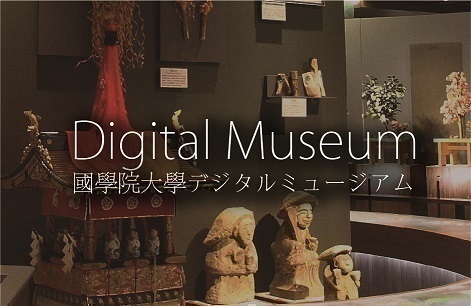- トップ
- Encyclopedia of Shinto
- Tokugawa Mitsukuni
Encyclopedia of Shinto
| Main Menu: | |
| Links: |
詳細表示 (Complete Article)
| カテゴリー1: | 8. Schools, Groups, and Personalities |
|---|---|
| カテゴリー2: | Personalities |
| Title | Tokugawa Mitsukuni |
| Text | (1628-17) Second-generation domainal lord of Mito Domain in the early Edo period. His childhood name was Chōmaru, then Chiyomatsu, and his styles were Tokuaki, Kanshi, and Shiryū. He used Nisshinsai and other studio names, and his posthumous title was Gikō. He was appointed Vice Middle Councillor (kōmon) by the Imperial Court, with the result that he came to be popularly known as Mito Kōmon. Born as the third son of Yorifusa, the eleventh son of Tokugawa Ieyasu, in 1628, it is said that as a young man, he was so impressed by the biography of Bo I in Records of the Historian (Shiji) that he aspired to a life of learning. He poured his passion for scholarship into the compilation of history; he founded the academy Shōkōkan, which became the center for compilation of the Dai Nihonshi (History of Great Japan). He also devoted himself to collecting and copying historical texts. Although numerous scholars from all parts of the country were invited as historians of the institute, he remained neutral in regard to school affiliations, basing his selections on the desire to secure the most able human resources. This group later formed the Mito School. He also worked to rebuild a number of shrines within his domain, such as Shizuka Jinja, Yoshida Jinja, and others, and in the process he put an end to kami-buddha combinatory practices, purging the domain of immoral rites. Further, although Mito Domain originally had strong leanings toward Yoshida Shintō because of the friendship between his father Yorifusa and Hagiwara Kaneyori, Mitsukuni made his retainers learn Ise Shintō because he personally suspected the Buddhist influence on Yoshida Shintō doctrine. Tokugawa Mitsukuni died on the sixth day of the twelfth month, 1700, at the age of seventy-three. In addition to the previously mentioned Dai Nihonshi, his representative editorial and original works include Reigi ruiten, Seizan ibun, and many others. See also Shintō shūsei. —Yazaki Hiroyuki |




